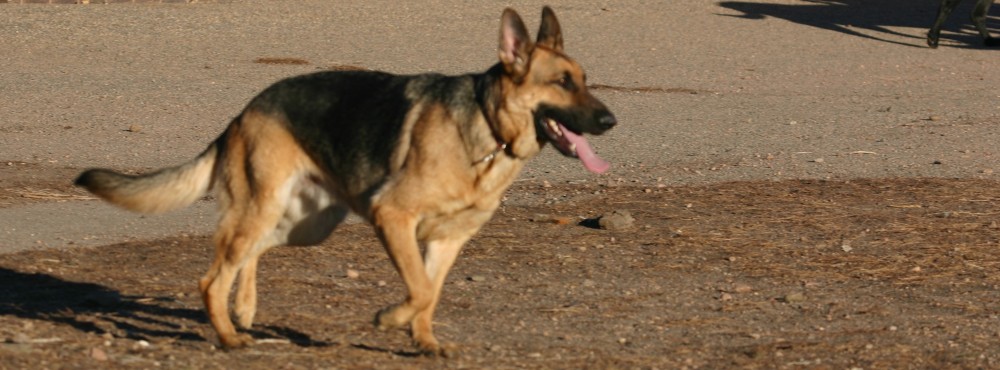You’ve heard the expression, “he doesn’t have a clue.” I feel that way often–especially when it comes to writing the next mystery along. I love reading mysteries and watching them on television, but I never really sat down to ask “what is a clue all about?”
Recently, I started a new ideas notebook and one of the sections is all about lists. List the things that bother you in life. List the places you’ve lived (and could possibly write about). List all the best restaurants you’ve eaten at. The list of lists goes on, limited only by your interest and imagination. So I sat down the other day and jotted down “types of clues” on one of my list pages.
I sat for a while with no more than two or three ideas. I’m trying to stick to the kind of things an amateur sleuth like Daisy Arthur would stumble upon and recognize. Then it hit me. Something this important requires research and study. Immediately, I felt that bubble of excitement that comes from a great new adventure. So I re-listened to a CD from the Colorado Gold Writing Conference–Become a Clue Master: How to Plant Clues, by Kris Neri. Kris does on-line writing classes as an extension of UCLA, and if you get a chance to work with her, I’d recommend it. I really liked this class and get a lot out of it, each time I listen to the CD again.
THE CLUE MINDSET
Let’s start with a clue mindset. A few of the authors I looked up (after listening to Kris) mentioned that clues are like magic shows–they lead, manipulate, and misdirect the reader in order to create suspense and final satisfaction when you work out or read the climactic “who done it” scene. Guess what subject I’ll be studying next.
For me, though, clues are a great way of playing hide-n-seek. You remember, don’t you? As a kid did you hide in a spot so well that you almost fell asleep waiting for siblings and friends to find you? Didn’t you give clues? Didn’t you say “beep” every once in a while?
And how about the “you’re getting warmer, no, you’re getting colder” game? Isn’t that all about leading and directing people with your clues? And admit it. Wasn’t it at least tempting to think of sending someone in the wrong direction by saying “warmer” when they were really getting “colder” all along?
SOME SPECIFIC MODELS
Okay. Spoiler alert. If you like reading mysteries and don’t want clues to jump out at you, you may want to stop now. Here are a few specific models that help make writing more fun:
- The list clue–Detective walks into a room and starts jotting down the contents of a closet: pair of black dress shoes, a work boot, four tennis shoes, three belts, six pairs of pants (on hangers) and a sweatshirt dropped on the floor. Much later in the story that detective might piece together that a work boot footprint outside the victim’s window might match the one from that closet way back. He retrieves the boot only to find that it’s from the wrong foot, and the right boot is missing. Dun-duhn.
- Parallel Logic–Some expert the detective talks to, gives an in-depth explanation of how something works. You, the reader, can’t get through that page fast enough. Talk about your blah, blah, blah moment. You might even find yourself saying, “I could write better than that!” Then, a few chapters later, a situation comes up where you have the same structure in logic being used, and the detective needs to remember what boring old expert said (was it the red wire or the green that you clip in order to shut off the timer on the bomb you’re tied to?) Tension plus moment.
- Access clues–This one is so straight forward, I’m embarrassed to say I haven’t used it before. Pick an object, a setting, or information and ask yourself “who had access to this at the time of the murder, abduction, theft, etc.?” A person can’t be guilty if they have no access to what’s important in your scene.
- Last One; I’ve got a secret–In writing a mystery almost everyone should have something they’d rather keep to themselves. And if that something happens to make them look guilty even when they’re not, so much the better. What’s your secret?
Do you like puzzles and clues as much as me? What’s your favorite kind of clue? If you’re writing a mystery I hope you have a writing session devoted to clue-making. It’s so much fun.
IMPORTANT P.S. I will be doing an extra post on Monday, August 18th as part of an author’s blog hop. Please look me up then.


